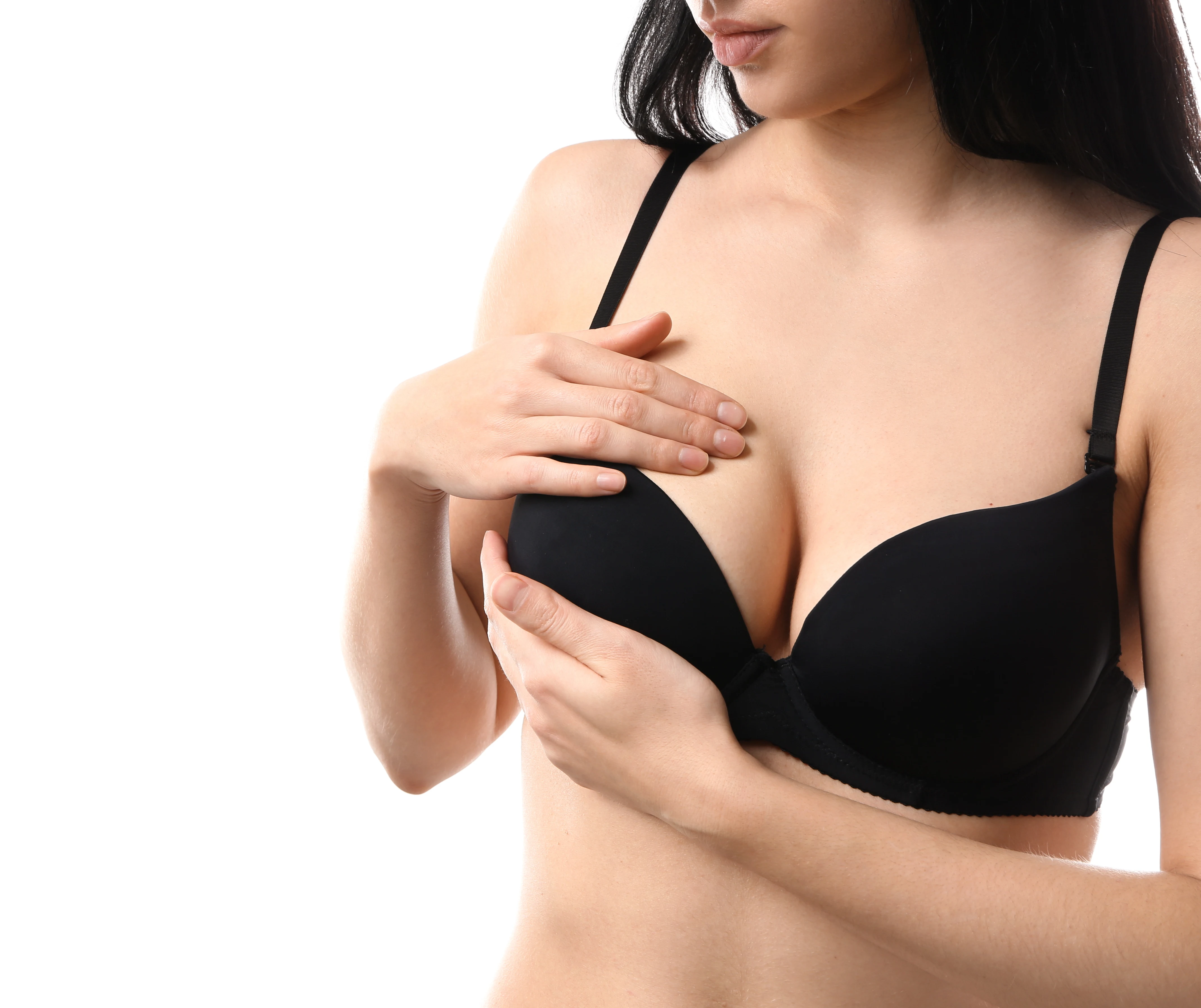What Does It Mean When a Breast Implant Flips?

What Is Implant Flipping?
After breast augmentation, it’s normal for implants to rotate slightly within the pocket. But implant flipping refers to a more significant shift: when the front (rounded) side of the implant rotates backward, and the flat backside moves to the front.
This isn’t dangerous, but it can be uncomfortable and aesthetically bothersome.
Signs Your Implant May Be Flipped
Patients often describe implant flipping as a sense that “something just feels off.” You might notice:
- A ridge or edge you can feel under the skin
- One breast appearing flatter or less projected than the other
- Subtle or visible asymmetry, especially in thinner patients
- No clear moment of trauma—often it’s noticed after sleep or daily activity
Why Does Flipping Happen?
Flipping is more likely when:
- The implant pocket is too large, giving the implant too much room
- A high-profile implant is used (because it is more spherical in shape)
- The implant is placed in front of the muscle rather than behind it
- The implant is a form-stable (gummy bear) style, which holds its shape even when flipped
Ideally, the implant pocket should fit snugly—like a hand in a glove. If it’s too loose, there’s more room for the implant to rotate out of place.
How Is It Fixed?
There are two main options:
- In-Office Flip (Through the Skin):
- Some surgeons attempt to manually flip the implant in the clinic. However, this approach has a high risk of recurrence, which is why Dr. Aimé typically doesn’t recommend it.
- Surgical Correction:The most definitive solution is to return to the operating room. Dr. Aimé will:
- Confirm the implant is flipped
- Tighten the pocket for a better fit
- Optionally switch implant size or type
- Sometimes change the implant plane (e.g., from in front of the muscle to behind) depending on your anatomy and goals
What Should You Do If You Suspect Flipping?
If your breast feels different or you notice a visual change, don’t ignore it. While not an emergency, a flipped implant should be evaluated by a plastic surgeon to prevent long-term issues.
Dr. Victoria Aimé offers personalized consultations to assess your implants and discuss the best approach to restore comfort and symmetry.
Have questions or suspect an implant issue?
Contact us to schedule a consultation or ask us a question. We’re here to help guide your next steps with expertise and compassion.
Our surgical and non-surgical treatment options
Ready to start your transformation?
Whether you’re just beginning to explore your options or have specific goals in mind, we’re here to guide you with expertise and compassion.

Read more articles

What to Do If Your Saline Breast Implant Ruptures?
If your saline breast implant ruptures, you’ll notice right away. Learn why it happens, how common it is, and how long you have to replace it to maintain your results.

Choosing the Best Breast Implant Plane for You: Subglandular, Subfascial, or Submuscular?
Choosing the right placement for your breast implants — above the muscle, under the fascia, or below the muscle — is one of the most important steps in breast augmentation. Each option has unique benefits, from recovery and appearance to exercise considerations and long-term risks. This guide explains the differences in plain language so you can feel confident making the choice that’s right for you.

Does Submuscular Breast Implant Placement Affect Pectoralis Muscle Function?
Curious how placing breast implants under the muscle affects chest strength? Dr. Victoria Aimé explains what happens to the pectoralis major during submuscular breast augmentation, what functional changes to expect, and who might notice the difference.

What Does “Half Under the Muscle” Mean in Breast Augmentation?
“Half under the muscle” breast augmentation is trending in pop culture—but what does it actually mean? In this post, Dr. Victoria Aimé explains the surgical reality behind the phrase, breaking down the dual plane technique, who it’s for, and why it matters for natural-looking breast augmentation results.
